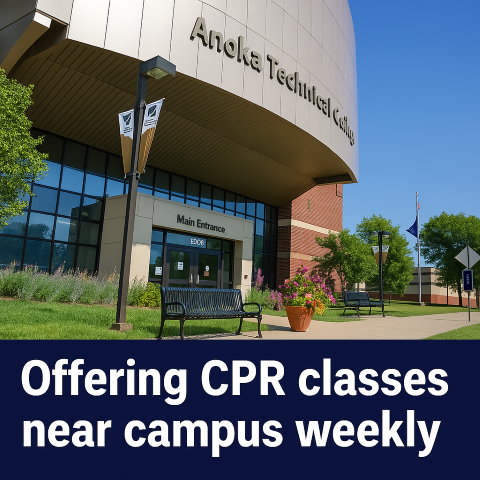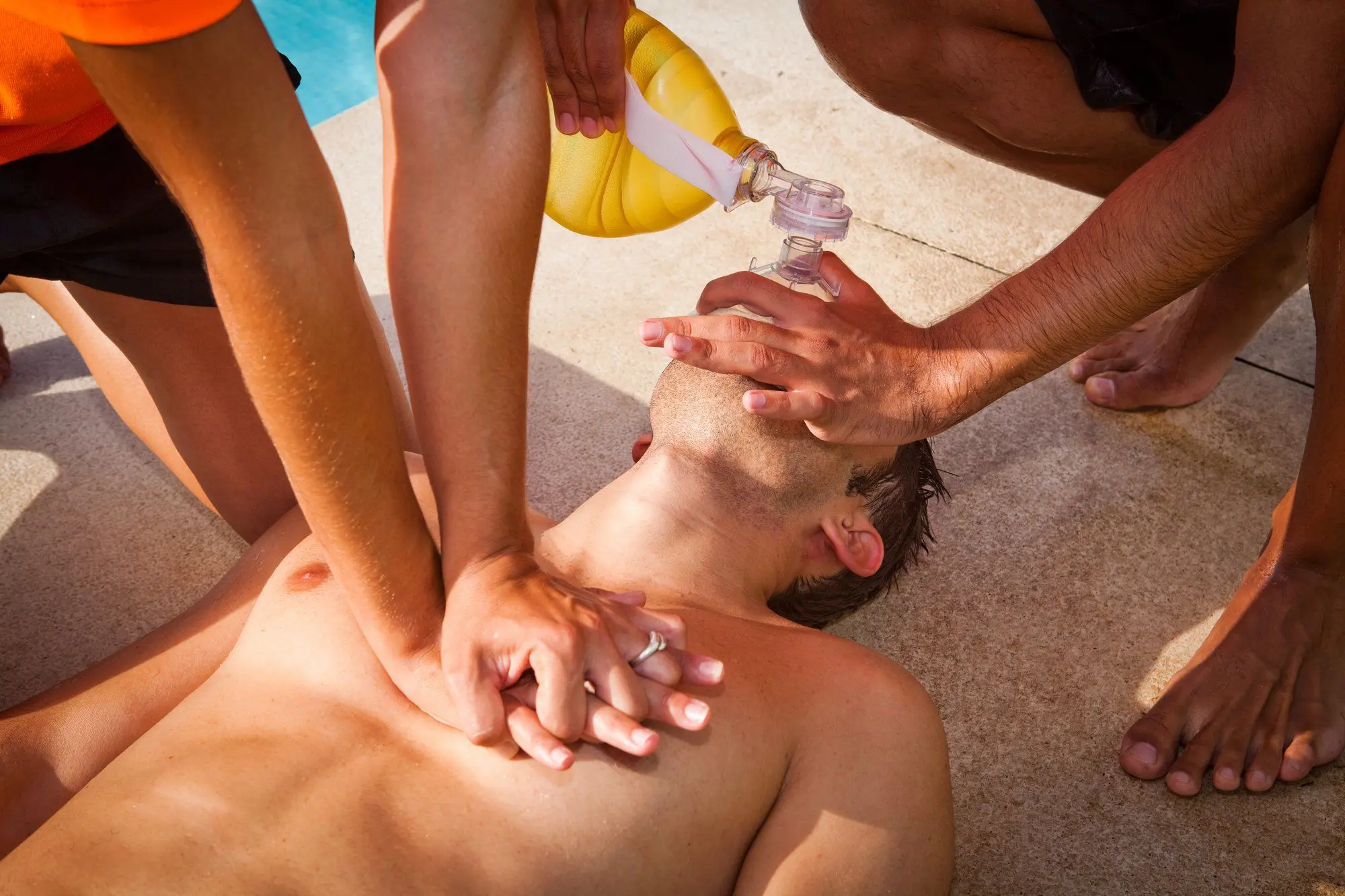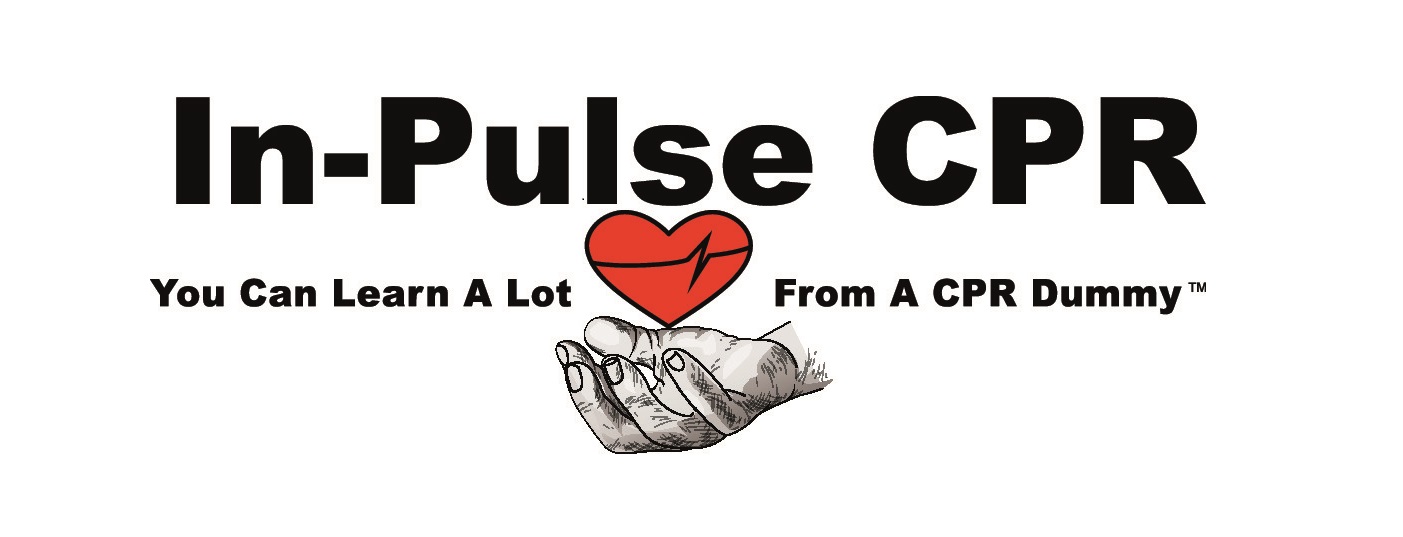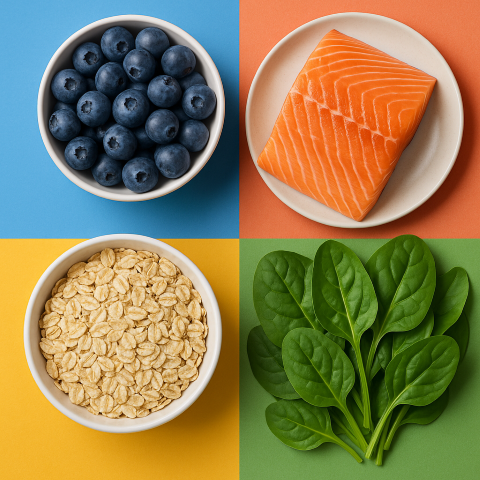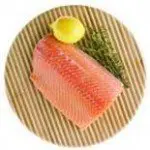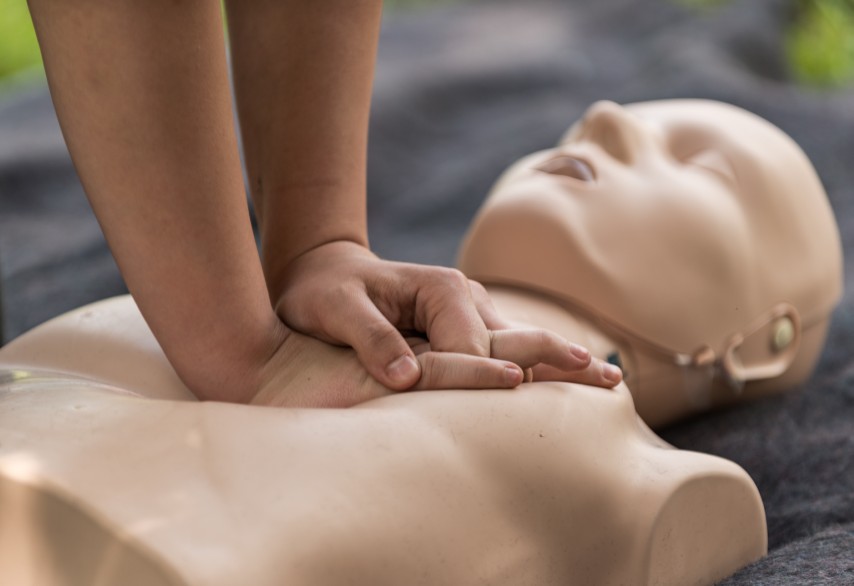From Layperson to Clinician: Understanding the Gap Between CPR and BLS
Keywords: BLS vs CPR, BLS certification meaning
In healthcare and emergency response environments, knowing the distinction between BLS vs CPR is critical—not only for compliance but also for saving lives. While the two certifications are often confused or used interchangeably, they sometimes serve different audiences and have different levels of complexity. In this article, we’ll explore the differences, explain who needs which certification, and highlight why American Heart Association (AHA) credentials remain the gold standard in BLS education. Lastly, we will explain why an online BLS certification is never advised.
Understanding CPR
CPR (Cardiopulmonary Resuscitation) is a foundational life-saving technique intended to keep blood and oxygen flowing to vital organs when someone experiences sudden cardiac arrest or stops breathing. CPR training teaches participants how to recognize cardiac emergencies, perform high-quality chest compressions, give rescue breaths, and use an automated external defibrillator (AED). That is it!
CPR courses are generally designed for laypeople and non-medical professionals. Individuals such as teachers, coaches, childcare providers, and concerned parents often pursue CPR certification to be prepared for emergencies in everyday settings. These courses emphasize basic response steps, typically with a focus on single-rescuer situations and minimal medical equipment.
Although CPR is critically important, it does not go into the advanced techniques or clinical protocols required in professional healthcare environments. BLS will take this knowledge several steps further.
What Is BLS?
Basic Life Support (BLS) is a more advanced and clinically relevant version of CPR, tailored for healthcare providers and emergency personnel. The BLS certification meaning goes beyond basic compressions and includes comprehensive instruction on airway management, two-rescuer coordination, and effective use of bag-valve-mask devices.
BLS certification is required for nurses, physicians, EMTs, dentists, and other professionals who work in settings where cardiac emergencies are a real possibility. This type of training emphasizes not just the actions of an individual responder, but the coordinated effort of a team. Trainees learn how to manage a code blue scenario, communicate effectively under pressure, and follow evidence-based algorithms that support better patient outcomes.
Top topics covered in BLS CPR classes include:
- Scene safety
- Early warning signs of heart attack and stroke
- Checking responsiveness and breathing
- Activating EMS
- Adult, child, and infant CPR
- 1 and 2-person rescue
- Assisting choking victims
- Breathing (both mouth-to-mouth and via bag-mask device)
- Basic (AED) Automated External Defibrillator operation and function
- See our BLS Certification info page for more details
Unlike basic CPR training, BLS also introduces topics such as stroke recognition, opioid-related emergencies, and special resuscitation situations like those involving infants or advanced airways.
BLS vs CPR: What’s the Real Difference?
The main difference between BLS and CPR lies in the depth of training and the intended audience. CPR is appropriate for lay rescuers who may encounter cardiac emergencies in the home, school, or public environments. BLS, on the other hand, is specifically crafted for professionals who need to respond to life-threatening situations as part of their job duties.
Another key distinction is the focus on team-based response. While CPR courses may touch on AED use and adult/child CPR techniques, BLS training incorporates dynamic, scenario-based exercises that mirror what healthcare workers experience in clinical settings. It also includes instruction on ventilation techniques using professional-grade equipment—something not typically covered in standard CPR.
Fact: Anyone can take a BLS class. You do not need to be a healthcare professional.
Why Choose American Heart Association BLS?
When it comes to BLS education, the American Heart Association (AHA) sets the benchmark. Their curriculum is developed by leading experts in cardiology and emergency medicine, and it is continually updated to reflect the latest scientific research and resuscitation guidelines.
Employers across the medical field prefer or require AHA certification because of its consistency, rigor, and widespread recognition. Whether you’re a nursing student preparing for clinical rotations or a seasoned provider renewing your credentials, an AHA BLS certification demonstrates both competence and adherence to best practices.
The certification typically lasts two years, after which professionals must complete a renewal course to stay current. Online blended learning options are also available through AHA-approved training centers, combining flexibility with hands-on skills testing.
Why Choose a classroom over an online course?
Taking a Basic Life Support (BLS) certification course in a classroom setting offers several advantages over online alternatives, particularly for healthcare professionals. One of the most significant benefits is the opportunity for hands-on practice with real equipment. In-person training allows participants to work directly with manikins, bag-valve masks, and AED trainers, helping to build muscle memory and refine critical techniques. This tactile experience is essential for mastering the physical skills required in high-pressure clinical situations.
Another key advantage is the immediate feedback provided by certified instructors. Unlike online modules, classroom instruction enables real-time correction and guidance, ensuring that learners perform compressions, ventilations, and team-based interventions correctly. Classroom settings also foster collaborative learning through realistic simulations and role-playing exercises, such as mock code blue scenarios. These experiences help participants develop effective communication strategies and understand the dynamics of team-based resuscitation. Additionally, the interactive nature of in-person courses—through discussion, Q&A, and scenario-based learning—enhances knowledge retention. Many healthcare institutions also prefer or require classroom-based BLS certification for credentialing, making it a more robust and widely accepted option for professionals working in high-acuity environments.
While online courses might seem convenient, the lack of personalized coaching and physical repetition makes them a risky substitute, especially when patient outcomes depend on razor-sharp, practiced responses.
And the biggest reason – Many employers will require an in-class BLS certification training and often will not accept an online substitute.
Which Certification Is Right for You?
If you’re someone who wants to be prepared to act in a cardiac emergency in a non-medical setting—such as a school, home, or office—then CPR certification is the right fit. It offers the knowledge and confidence needed to act quickly and effectively during emergencies.
However, if you work in healthcare or are entering the medical field, BLS certification is essential. Not only is it required by most hospitals and clinics, but it also equips you with the skills needed to function effectively in high-stress, clinical environments where teamwork and precision are critical.
Final Thoughts
Understanding the difference between BLS vs CPR can help you choose the right training path and ensure you’re prepared to act in an emergency. CPR provides essential skills for the public, while BLS offers the professional-level expertise required in healthcare settings.
If your role involves direct patient care, clinical duties, or emergency response, AHA BLS certification is more than a credential—it’s a professional necessity and a vital component of patient safety.





